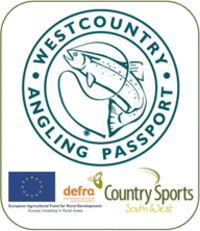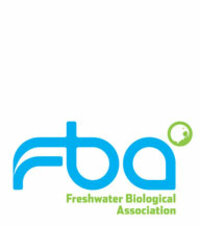Many thanks to Game & Wildlife Conservation Trust for facilitating this camera's location and to Westcountry Rivers Trust for capitally funding its installation.. The River Frome originates from Evershot in the Dorset Downs and meanders through various towns, including Maiden Newton, Dorchester, West Stafford, and Woodsford. Upon reaching Wareham, it joins forces with the River Piddle, also known as the River Trent, and together they flow into Poole Harbour via the Wareham Channel. The river's catchment area covers approximately 181 square miles, which accounts for around one sixth of the county's total area.To the east of Dorchester, the river courses through easily erodible sands, clays, and gravels. These geological formations were originally covered by chalk, which still exists in the Dorset Downs to the north and the Purbeck Hills to the south. The valley of the River Frome boasts expansive flood plains and marshes and lent its name to the Durotriges, the water-dwelling Celtic tribe of Dorset. At its estuary in Poole Harbour, the river widens to form a shallow ria.The River Frome is renowned for its excellent fishing opportunities, particularly for Salmon, Brown Trout, and Grayling. However, in recent years, there has been a significant decline in the salmon population. In 1988, over 4,000 salmon were recorded in the river, but by 2004, this number had plummeted to 750. To assist fishermen in their endeavors, Farson Digital has installed a webcam to monitor water levels and river conditions. Recognizing the urgency of the situation, the Game & Wildlife Conservation Trust is conducting research at its Salmon & Trout Research Centre in East Stoke. The aim is to understand the causes behind the decline of Atlantic Salmon and develop effective strategies for reversing this trend.During the late 1st century AD, the Romans constructed a 12-mile (19 km) aqueduct along the River Frome to supply water to their newly established town of Durnovaria, known today as Dorchester. The aqueduct, consisting of an open channel carved into the underlying chalk, drew water from the Frome upstream near Notton, located between modern-day Maiden Newton and Frampton. It closely followed the contours of the valley's southwest side. Surprisingly, the aqueduct maintained a descent of only 25 feet (7.6 m) throughout its course, which was significantly less than the natural descent of the river, amounting to approximately 60 feet (18 m). It has been estimated that water would have reached Durnovaria at a rate of 8 million gallons per day. Some remnants of the aqueduct terrace can still be observed at Bradford Peverell and along the Dorchester bypass.
Historically, the River Frome was prone to raids by the Danes. In 876, possibly under the supervision of Alfred the Great, the town walls at Wareham were constructed as a defensive measure against this recurring threat. Until the late 19th century, the river played a vital role in the trade route for exporting Purbeck Ball Clay from the Isle of Purbeck. Initially, the clay was transported to Wareham's wharves by pack horses from the clay pits situated to the south. Around 1830, the Furzebrook Railway was built, connecting the pits to a wharf at Ridge. However, this transportation route was eventually superseded by the mainline rail network and later by road transport.








